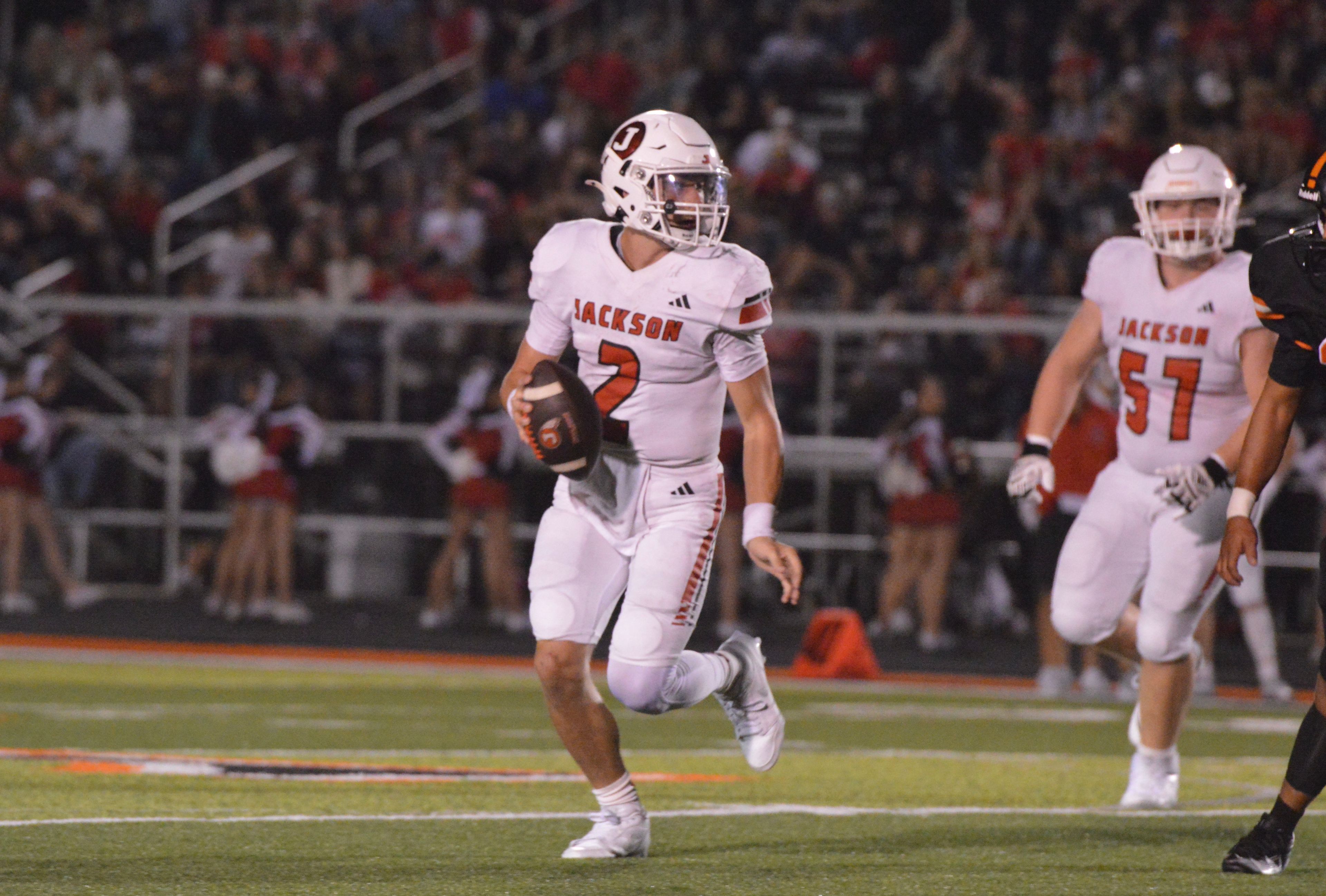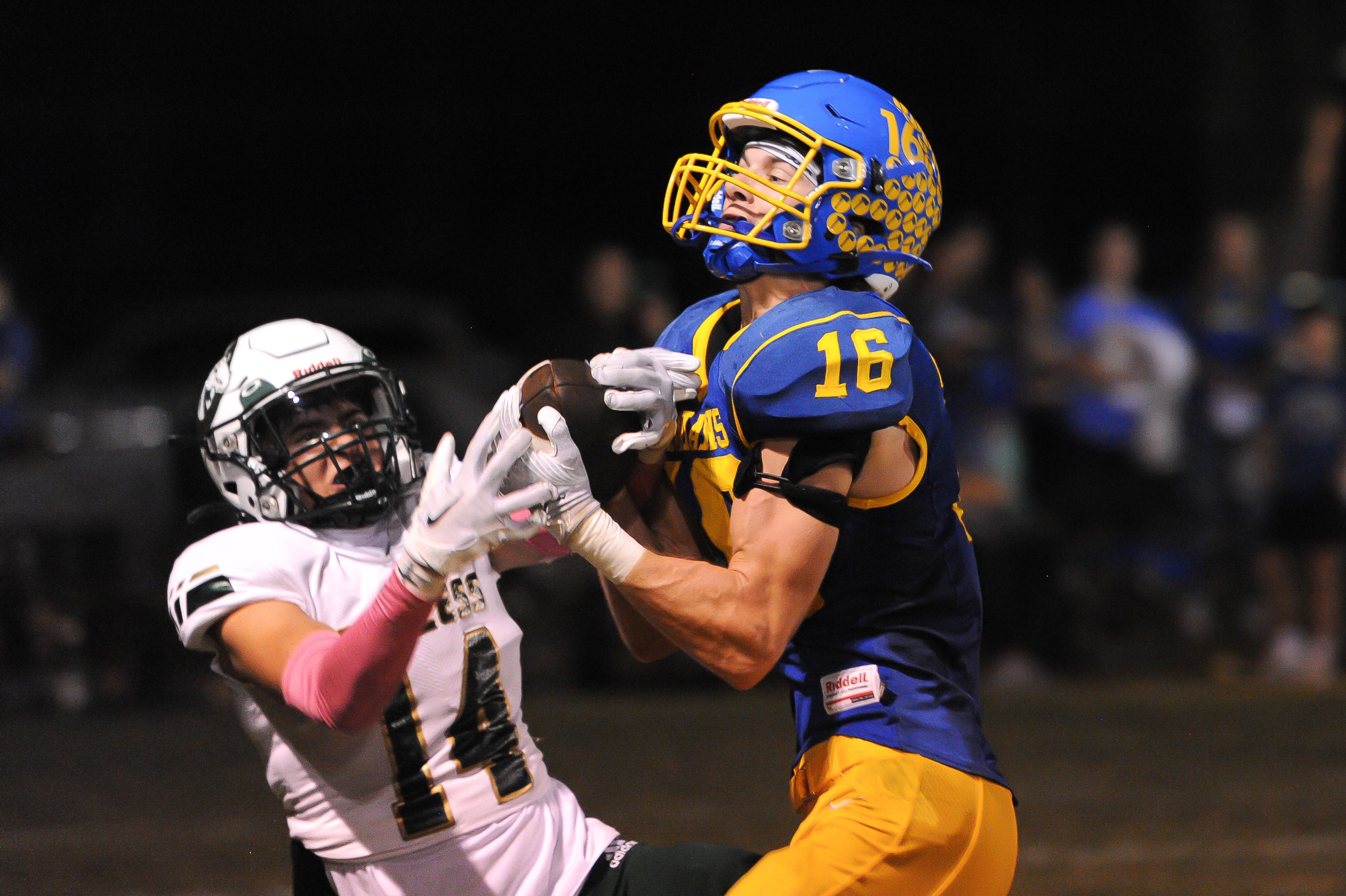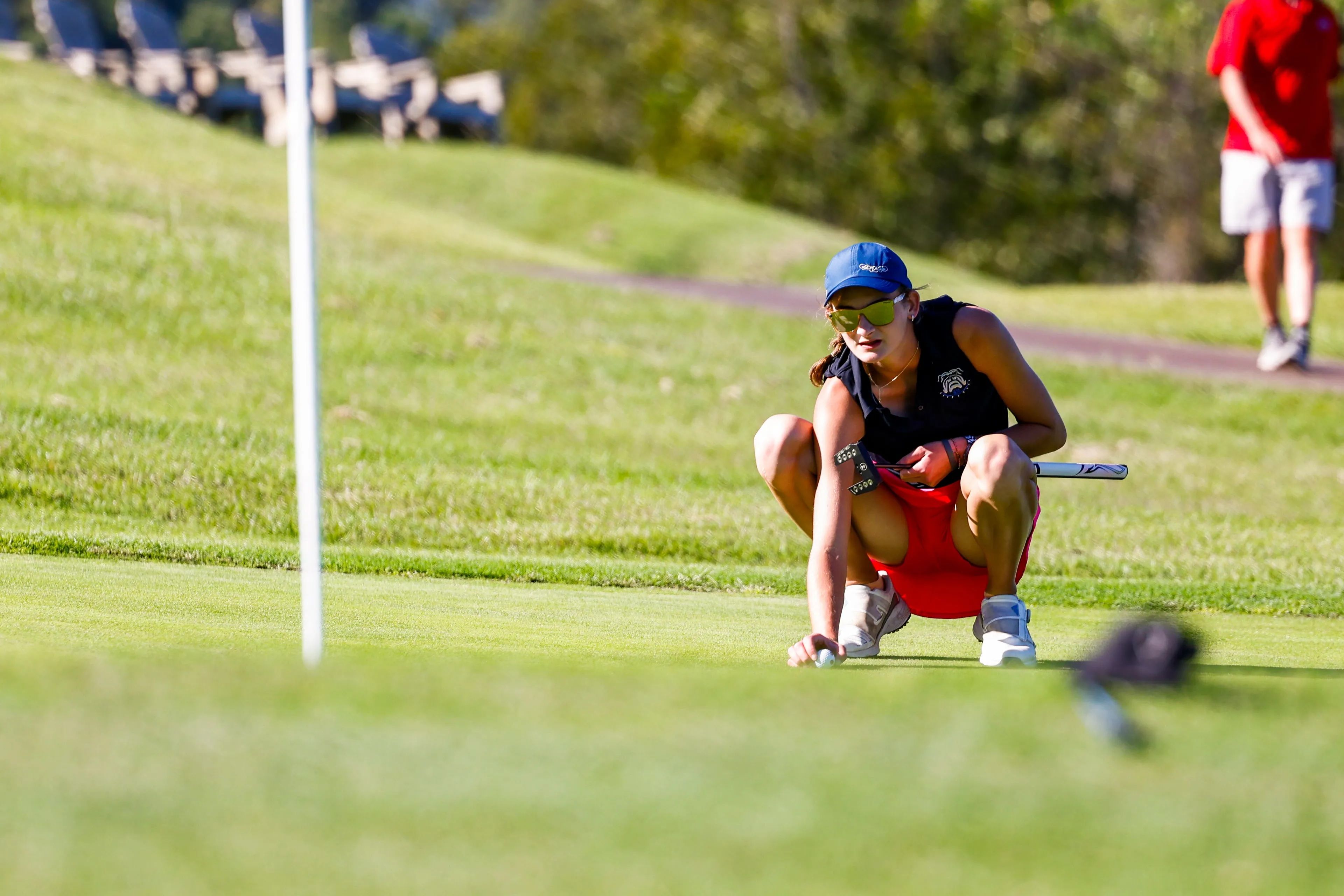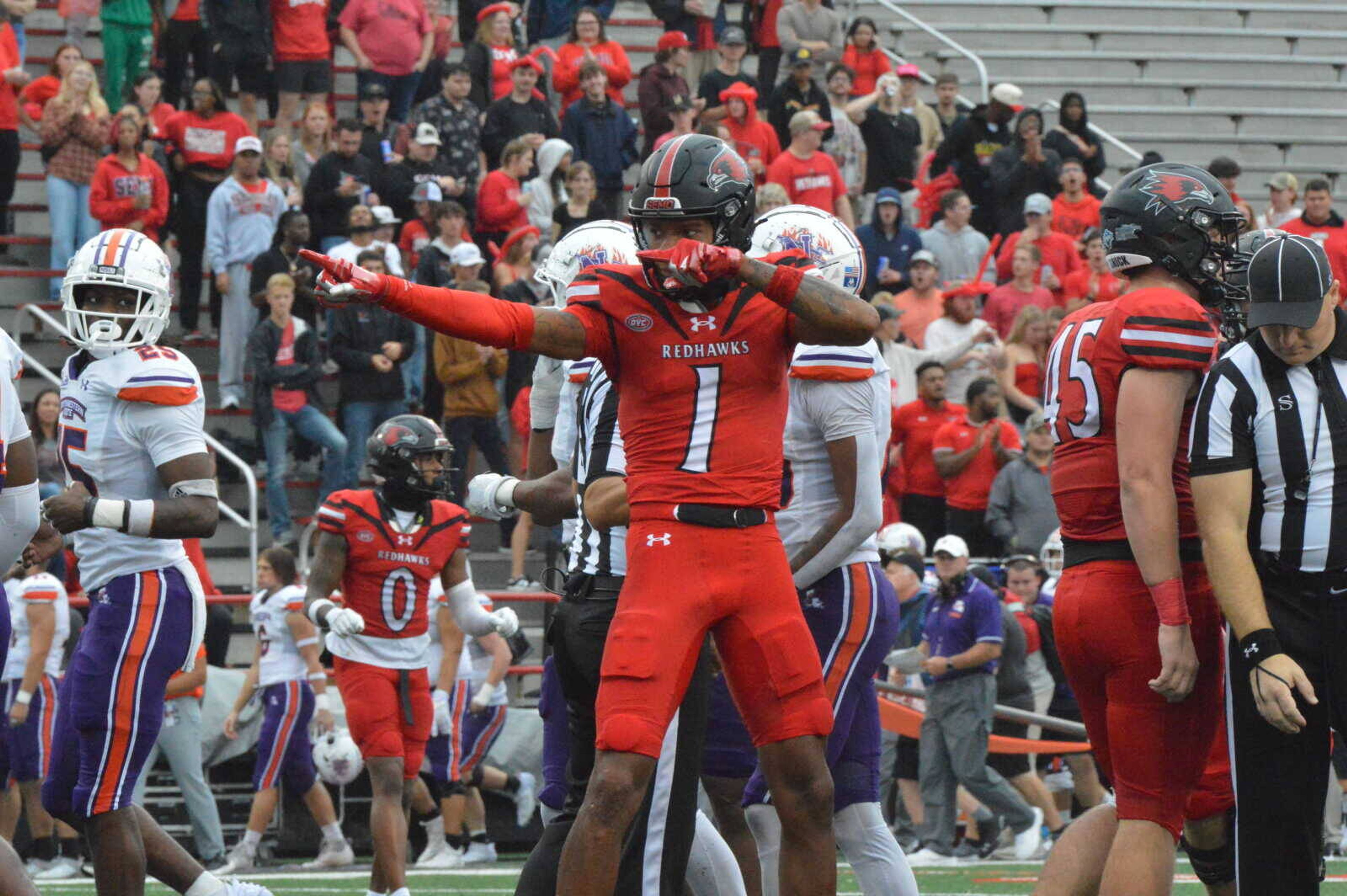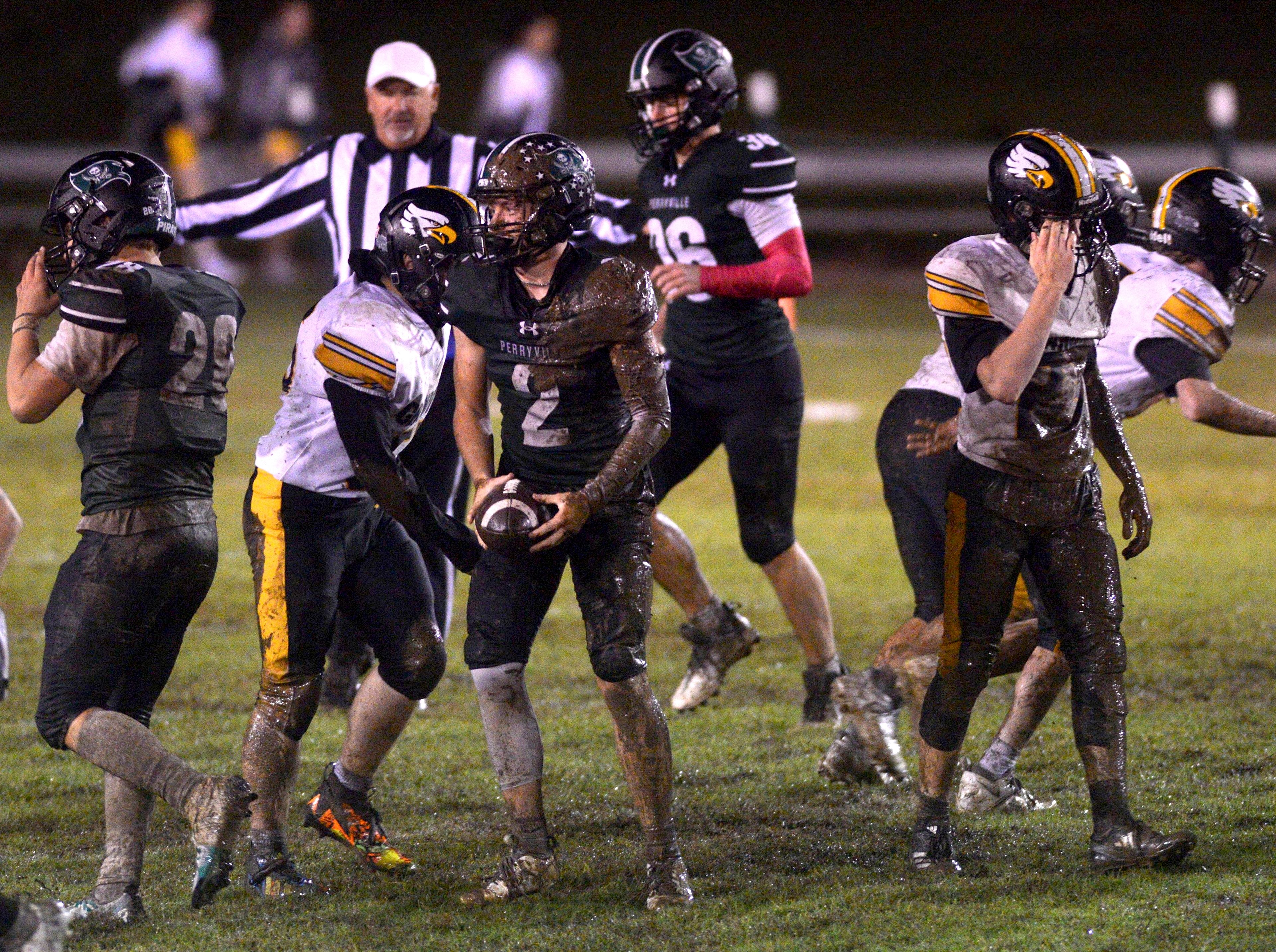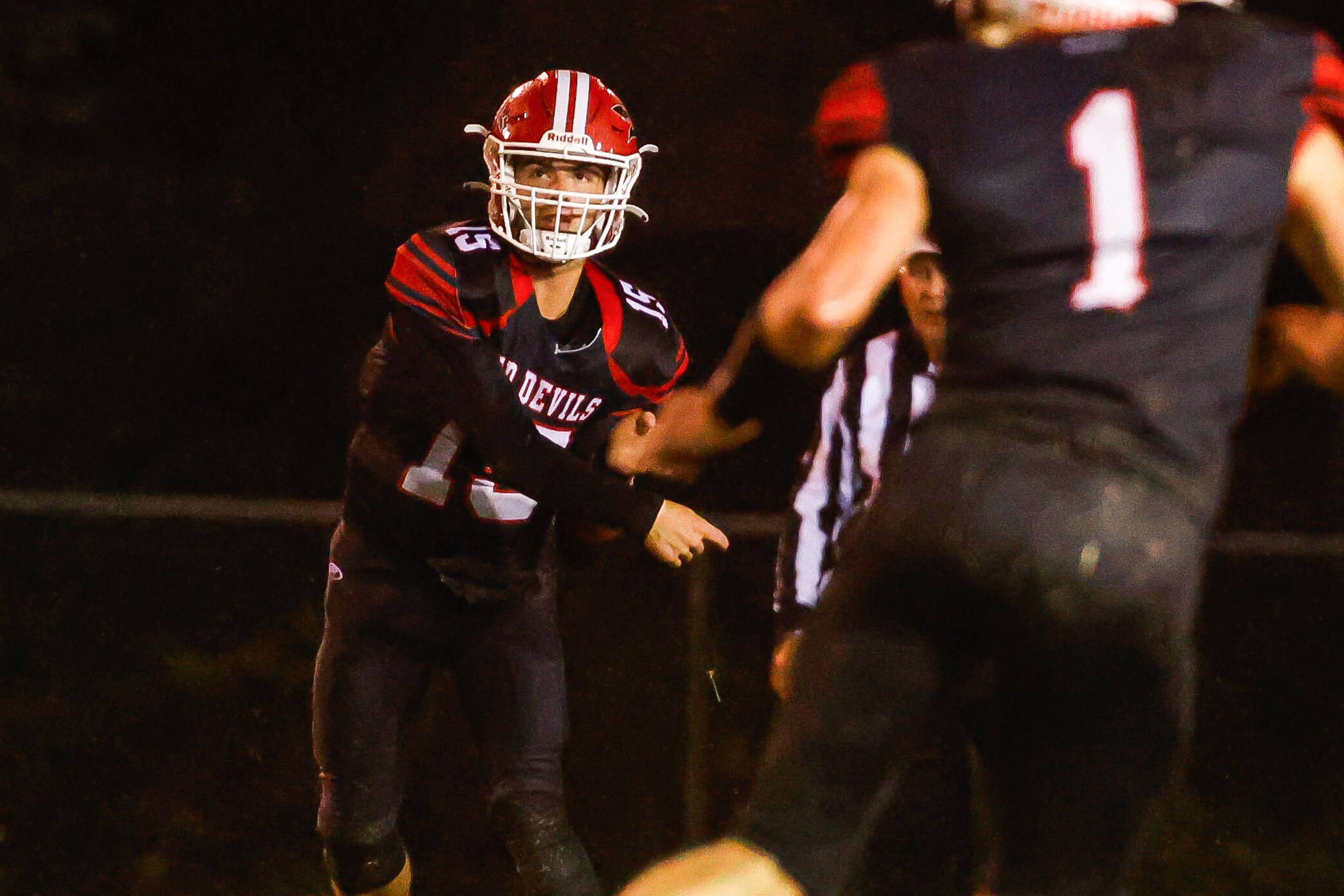Women's basketball teams around the country will gather in front of TV sets on Sunday in a scene that has become as much a part of March as the arrival of spring.
They'll eat pizza, sip soft drinks and watch the NCAA tournament selection show. They'll cheer if their school name appears on the bracket. They'll suddenly lose their appetite in disappointment if it doesn't.
ESPN will cut live to some of these gatherings for on-the-spot reaction. With fax machines, e-mail and the Internet, the word spreads quickly.
It wasn't always this way. When the first NCAA women's tournament bracket was announced only 20 years ago, there was no live TV coverage. Only two reporters showed up for the announcement, and one was late.
To notify the 32 schools in the field -- there are 64 now -- members of the selection committee got on the phone and called each one with the news: "You're in."
"I would divide up who called which schools," said Nora Lynn Finch, who chaired that first committee. "While we were having our press conference, members of our committee were phoning women's basketball contacts or the person whose name was on the official form from the institutions."
According to Finch, the calls went something like this:
"You're going to be hosting the first round and coming to you will be North Carolina State. The game is Wednesday, March 13 at 7:30 and here's the name of the person and the phone number for that person at North Carolina State.
"Call that person, please, first thing tomorrow, give them the hotel contact person, tell them when they'll practice. We'll get the officials information to you. You need to get someone to come in and evaluate the officials. Call your conference office and have them make those plans."
And so on.
Tennessee was in that first tournament, and Gloria Ray, the women's athletic director at the time, took the call from the NCAA. She then called sports information director Debby Jennings, who called coach Pat Summitt.
Where was Summitt? On a recruiting trip.
"I just remember at that particular time being a lot more anxious," Summitt said. "That may have something to do with the team then as compared to the team now. As the talent has gotten a little better, the anxiety has gone down."
But finding out who Tennessee played -- it was Jackson State -- was only part of the job for Jennings. She and other sports information directors began calling each other to see who was playing where, because that was the only way they came up with the bracket.
Check the NCAA's Web site? Forget it. There wasn't one.
"I remember calling Debbie Byrne at Old Dominion to see how much they knew," Jennings said. "We had these blank brackets from the back of the handbook and blew those up and everybody was trying to piece it together.
"It was kind of funny. You'd talk to somebody who knew more than you did and you'd fill it in. That's kind of how we did it."
How different it is now. The selection has become an integral part of the process. Teams know immediately who and where they are playing. They check the Web or their e-mail if they miss the show.
While Finch dealt with two reporters, the current chair, Maryalyce Jeremiah, will take questions from dozens of them in a conference call after the selections are announced. The brackets are scrutinized, analyzed and criticized.
"We expect to get flak from anybody who isn't happy," Jeremiah said. "But we know that's part of it. As I've said so often, teams are happy for five minutes when they get in, then they're unhappy about where they are. Then the teams that don't get in are unhappy about both."
"We have to be professional and tough skinned about it and not whine to people that whine."
That part was no different in her day, said Finch, the senior associate athletic director at North Carolina State.
"I daresay the arguments then and the arguments now have a similar thread to them," she said.
Finch chaired the committee through the first seven NCAA tournaments, wondering now how she did it.
"That's staggering, isn't it?" she said.
During that time, the tournament grew from the original 32 teams to 40. The field expanded to 48 in 1989 and to 64 in 1994.
Interest began growing, too. Television coverage increased, the Final Four moved to bigger arenas and became a sellout in advance and this year, it will be played in a domed stadium for the first time, the Alamodome in San Antonio.
Internet sites offer RPI rankings and bracket projections throughout the season, whetting everyone's appetite for the real thing. Coaches and writers constantly speculate on the pairings. How many Southeastern Conference teams will get in this year? How many Big 12 teams will play at home in the first two rounds?
"People say, 'Aren't you pleased and excited over how far it's come?"' Finch said. "That's sort of a mixed bag. Yes, I am, but I'm also impatient because I know where we could be. I'm pleased but not satisfied."
A lot of teams might be saying the same thing Sunday night.
Connect with the Southeast Missourian Newsroom:
For corrections to this story or other insights for the editor, click here. To submit a letter to the editor, click here. To learn about the Southeast Missourian’s AI Policy, click here.
